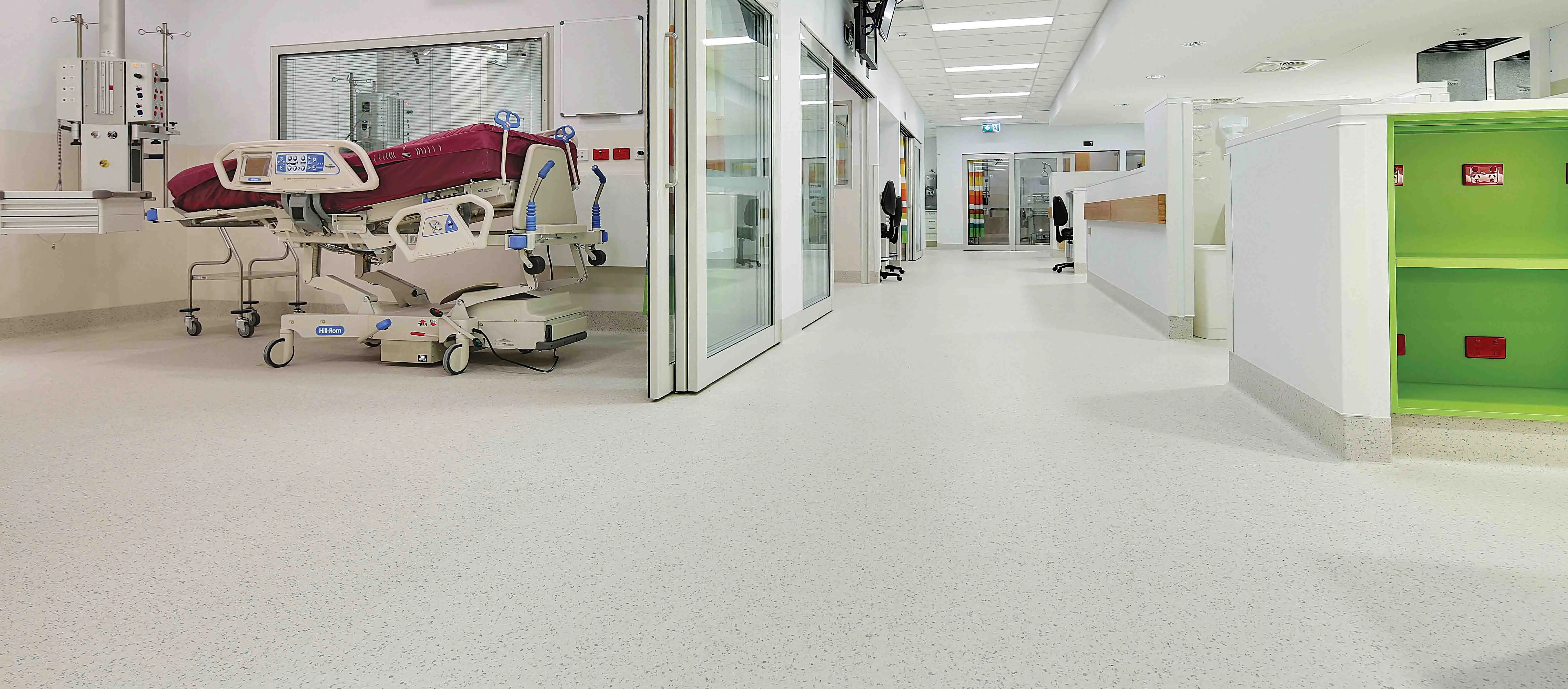Choosing the Right Window Skirting for Your Home Aesthetic and Practical Needs
The Importance of Window Skirting Enhancing Aesthetics and Functionality
Window skirting, also known as window trim or casings, plays a vital role in the overall aesthetics and functionality of a space. Often overlooked during home renovations or construction, window skirting can be the finishing touch that ties together the interior design while serving practical purposes. In this article, we will explore the various aspects of window skirting, including its benefits, styles, and installation tips.
What is Window Skirting?
Window skirting is the architectural detail that surrounds a window, providing a decorative frame that enhances its appearance. It typically consists of a horizontal board known as the sill, which rests at the bottom of the window, and vertical boards on the sides and top. These elements can be crafted from various materials, including wood, vinyl, and composite materials, allowing homeowners to choose a style that complements their decor.
Aesthetic Benefits
One of the primary reasons for incorporating window skirting is its ability to enhance the aesthetic appeal of a room. The right trim can create a polished, finished look, adding character to both traditional and contemporary spaces. Different styles of skirting can evoke various atmospheres; for example, ornate moldings can present an elegant and historic feel, while sleek, modern designs may impart a minimalistic and sophisticated vibe.
Moreover, window skirting can seamlessly blend window openings into the overall interior design scheme. By choosing colors and materials that coordinate with the surrounding walls, furniture, and other architectural features, homeowners can create a cohesive look that feels intentional and harmonious.
Functional Benefits
Beyond aesthetics, window skirting serves several practical purposes. One significant function is to protect the edges of windows from damage. Skirting helps guard against water infiltration, which can lead to issues like mold and decay. By serving as a barrier, it can extend the lifespan of window frames and ensure they remain in good condition.
window skirting

Additionally, window skirting contributes to energy efficiency. Properly-installed skirting helps seal gaps between the window and wall, preventing drafts and reducing heating and cooling costs. This is especially important in regions with extreme temperatures, where energy efficiency can greatly impact utility bills.
Styles of Window Skirting
When it comes to styles, window skirting is highly versatile. Homeowners can choose from various designs, such as colonial, modern, farmhouse, or even custom styles. For traditional spaces, raised panels and elaborate moldings are popular choices. Conversely, for modern homes, flat, minimalist trims can create a clean line and contemporary feel.
Many homeowners are also embracing the trend of accent colors, where skirting is painted in bold hues to contrast with the wall paint. This approach can heighten visual interest and highlight the window area as a focal point within the room.
Installation Tips
Installing window skirting can be a DIY project for those with some carpentry skills, but professional installation is often recommended for the best results. When undertaking this task, it’s essential to ensure that measurements are precise. Start by selecting materials that align with your design vision and budget.
Using quality adhesives and fasteners can provide durability, while finishing touches like paint or stain can enhance the overall appearance. For homeowners looking for a more intricate design, pre-made kits are available, making installation more straightforward.
Conclusion
In summary, window skirting is more than just a decorative element; it holds significant aesthetic and functional benefits. With various styles and materials to choose from, homeowners can find the perfect skirting that complements their design vision while providing protection and energy efficiency. Whether embarking on a renovation project or simply refreshing a space, don’t underestimate the impact that window skirting can have on the overall look and feel of your home.
-
Waterproof Advantages of SPC Flooring Vinyl in KitchensAug.06,2025
-
SPC Hybrid Waterproof Flooring Thickness GuideAug.06,2025
-
Leveling Subfloor Before My Floor SPC InstallAug.06,2025
-
How Mesh Deck Skirting Improves Outdoor Pest ControlAug.06,2025
-
Choosing the Right Commercial Flooring for Your Business NeedsAug.06,2025
-
Choosing the Best Residential Flooring: A Comprehensive Guide to Style, Durability, and ComfortAug.06,2025




